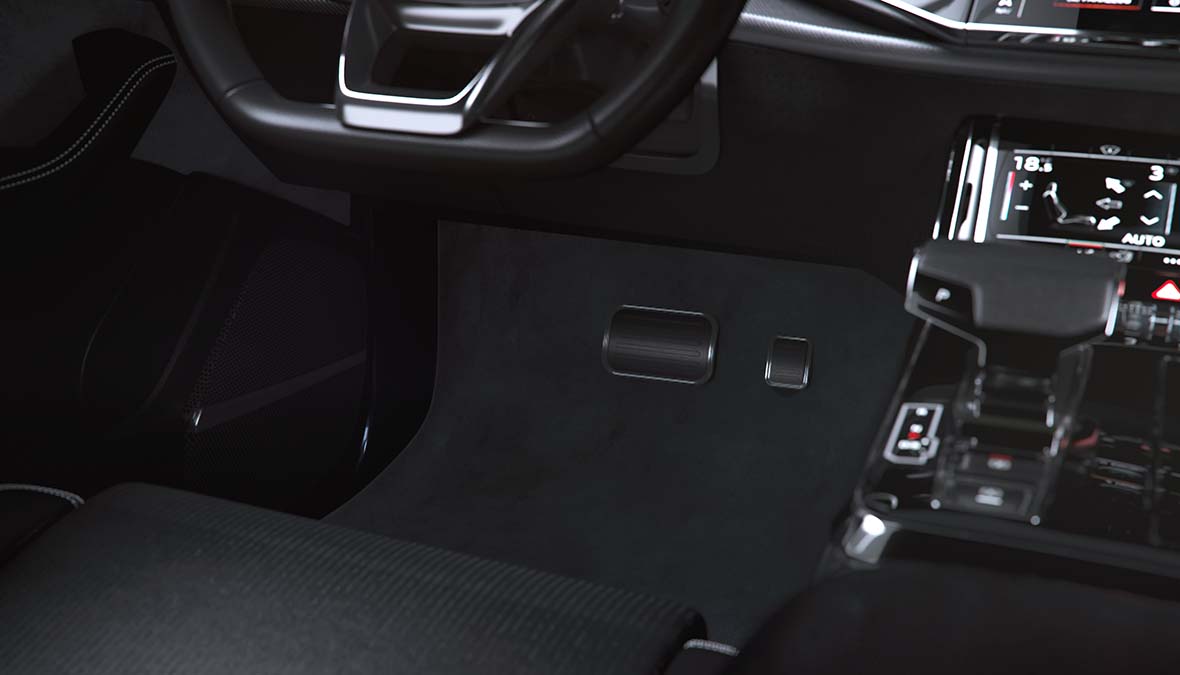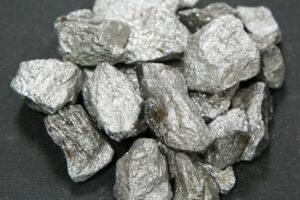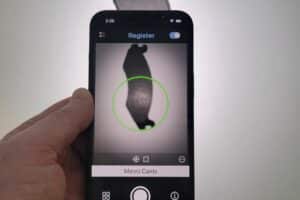Sign up for our weekly email to stay on top of the latest news and insights!
LIPPSTADT, Germany — HELLA, an internationally positioned automotive supplier and a company of Group FORVIA, in July announced it was well into development of the first series-production brake pedal system for brake-by-wire (BBW) configurations.
Tim Martikke, Hella’s Global Director Program Management Pedals and responsible for both this product and the similar sensor-based accelerator-pedal system, recently spent a few minutes discussing Hella’s entry into the brake-by-wire universe with The BRAKE Report.
According to Martikke, the industry is moving to electronic activation of braking, as it has already moved on the acceleration side of the equation (drive-by-wire). HELLA’s success in that segment has made the expansion into braking natural.
“OEMs want to go either into electro-hydraulic or electro-mechanical braking systems” along with the drive-by-wire which “have different advantages be it no leakage of fuels anymore into the car; reduction of weight; maintenance free, and so forth,” said the executive. “But at the end, both systems need something to trigger the system, and this is an electronic signal. And this signal comes from us.”
HELLA already has a major position in the drive-by-wire market, which puts it into excellent position for expanding into braking.
“Why we are so successful for the accelerating pedal is that we have a global footprint, a network in all regions. We are market leader with roughly 40 to 45 percent of (electronic) accelerator pedals worldwide.”
He explained that HELLA understands what the OEM customer wants and expects in terms of a pedal from its drive-by-wire experience.
“And I can just say already from multiple samples which we provide to multiple customers [to evaluate], I think this is one of the best feedback (measures) that we get, it feels like a normal pedal,” reported Martikke.
Which of course, is the goal, to make the operation of the brake-by-wire system as seamless for the consumer as possible.
There are no systems in mass production as yet, but Martikke expects that to change by mid-decade, beginning with electro-hydraulic and/or electro-mechanical systems which use pedals with sensors.
“So, our assumption is it starts with a combination and to also have fallback solutions when something does not work properly. So, it starts with the electro-hydraulic system in different cars in different markets. And yeah, so this is something we see roughly by the end of 2025 beginning of 2026.”
Sign up for our weekly email to stay on top of the latest news and insights!








